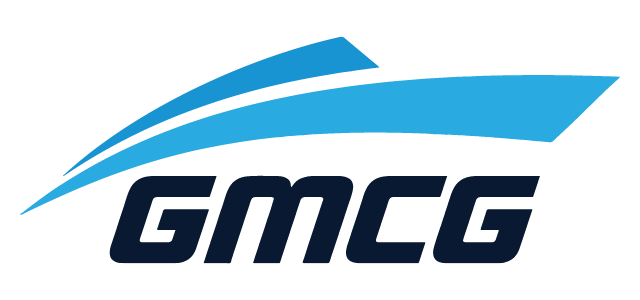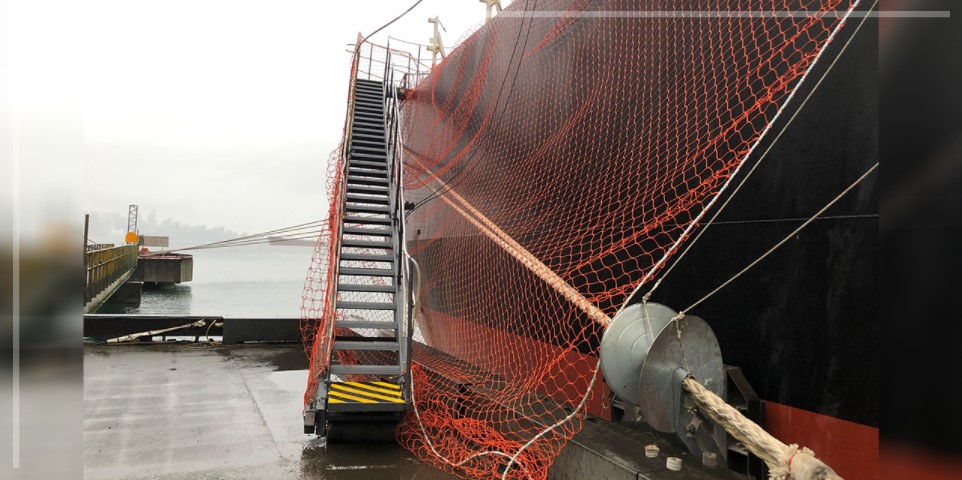SAFETY OF LIFE ONBOARD- BEST PRACTICES
SAFETY OF LIFE ONBOARD- BEST PRACTICES
June 2019 – Gangway Nets
ARE YOU AWARE OF SAFETY NET IN WAY OF GANGWAYS? SURPRISINGLY, MOST
CREW/SHIP OPERATORS ARE NOT!!
As per IMO circular MSC.1/Circ.1331 ANNEX Page 3
3.8 Rigging (safety net)
A safety net should be mounted in way of the accommodation ladders and gangways where it is possible that a person may fall from the means of embarkation and disembarkation or
between the ship and quayside.
The safety officer in charge ensures that his deck crew is installing the gangway in the correct manner as per the international safety standards. The phrase “where it is possible” from the above mentioned circular does give a lineage to neglect the requirement of a safety net. I think we could all agree to the fact that a safety net is used wherever applicable as well as practicable, but is it a common practice for a safety officer to conduct a proper safety assessment prior to the usage of a safety net? Also, Is the condition of gangway and the safety net requirement while alongside –assessed and decided based on the tidal conditions? These queries have to be asked and answered while we are onboard a vessel as a crew, an auditor or surveyor/Superintendent.
A safety net is to be fitted under every part of the access ladder or gangway extending on both sides so that in case a person slips down, he will land safely in the net uninjured. If the safety net is not possible then the same needs to be decided after a proper safety analysis and also needs to be decided at what point of the tidal condition the safety net needs to be installed.
We often notice how the safety nets are used wrongfully in various ships. In few instances, it was seen tied to the gangway handrails tightly as if wrapping the gangway itself –which absolutely doesn’t serve it’s purpose.
[us_image image=”531″ size=”full” align=”center”]
The recent news about stevedores operating at the grain terminal of the Port of Vancouver (Canada) now require vessels to provide a gangway safety net that complies with American National Standard (ANSI A10.11).
Details of the requirements are laid out in the International Longshore & Warehouse Union Bulletin. Failure to comply with this regulation may lead to stevedores refusing to board the vessel with the potential for subsequent delays.
Vessels agents should be contacted prior to arrival in order to clarify the situation.
ANSI/ASSE A10.11 – 2010 (R2016) says,
Technical specification of Personal net /Safety net
“Mesh openings should be small in order to spread the deceleration force through as many net strands as possible and to minimize entanglement of a fallen person’s head, arms and legs when arresting the fall. The maximum size of mesh shall not exceed 36 square inches (.91m2) or be longer than 6 inches (.15m) on any side measured center-to-center of mesh ropes or webbing. No mesh member shall exceed 6 inches (.15m) in length, measured center-to-center of mesh crossings. All mesh crossings shall be anchored to eliminate frictional wear and prevent enlargement of the mesh openings. “
IDENTIFICATION OF NETS (Safety Net) :
Each personnel net shall be permanently labeled with the following information:
1. Name of manufacturer
2. Identification of net material
3. Date of manufacture
4. Date of prototype test
5. Name of the testing agency
6. Serial number
As the saying goes “ Prevention is better than cure “, lets lead the way to educate our crew, surveyors, and auditors about the requirement and proper usage of the safety net


